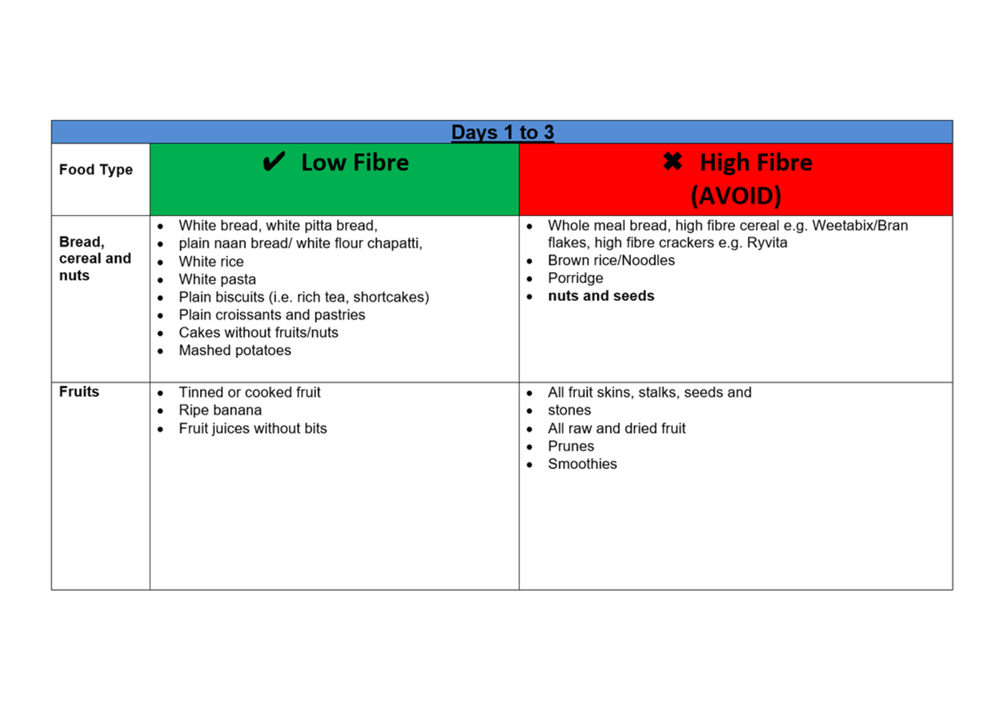Essential Guide to Semaglutide Diet Plan for Effective Weight Loss in 2025
The Semaglutide diet plan has emerged as a groundbreaking approach for individuals seeking effective weight loss solutions in 2025. With obesity and overweight conditions on the rise, Semaglutide offers a dual approach: not only aiding in weight loss but also providing significant benefits for those managing diabetes and related metabolic disorders. As a GLP-1 receptor agonist, Semaglutide mimics the action of incretin hormones, thereby promoting insulin secretion while reducing appetite and food intake.
This article serves as an essential guide for anyone interested in the Semaglutide diet plan, including its benefits, meal planning strategies, and lifestyle adjustments necessary to optimize results. We will explore how Semaglutide therapy can support weight loss, the recommended dosage, potential side effects, and the ideal food choices to integrate into your daily meals. Furthermore, we will provide actionable tips and expert recommendations to help you succeed on your weight loss journey.

Stay tuned as we delve into these complementing themes surrounding the Semaglutide diet plan to ensure a comprehensive understanding for effective weight management.
Understanding the Semaglutide Diet Plan
Building on the introduction, the Semaglutide diet plan has specific guidelines designed to maximize the drug’s weight loss potential. Understanding its foundations is crucial before implementing it into your daily routine.
What is Semaglutide?
Semaglutide is a medication primarily used for the treatment of obesity and type 2 diabetes. It functions by mimicking the incretin hormone GLP-1, which leads to enhanced insulin secretion from the pancreas, particularly after meals. The medication also plays a critical role in reducing appetite and increasing feelings of fullness, thereby promoting a decrease in calorie intake.
Semaglutide's Role in Weight Loss
Through clinical studies, Semaglutide has shown remarkable effectiveness in promoting weight loss. Participants using Semaglutide reported significant reductions in body weight, typically losing 10% or more of their initial body weight over a prescribed period. The mechanism behind these results includes modulating appetite signals, enhancing metabolic outcomes, and encouraging adherence to healthier eating habits.
Benefits of Semaglutide Therapy
The benefits of Semaglutide extend beyond weight management. It has been linked to improvements in cardiovascular health, lower blood sugar levels, and reduced risk of obesity-related complications. Individuals taking Semaglutide have reported improved glycemic control, which can greatly influence their overall health and well-being.
Creating Your Semaglutide Meal Plan
With a solid understanding of Semaglutide’s role, it’s essential to discuss the foundational elements of a Semaglutide meal plan. Proper nutrition plays a pivotal role in the overall effectiveness of this weight-loss approach.
Recommended Foods for Success
Food choices can significantly impact your weight loss journey when using Semaglutide. Focus on incorporating nutrient-dense foods such as lean proteins, whole grains, fruits, and vegetables. These foods promote satiety, maintain energy levels, and assist in balancing blood sugar, a crucial aspect of effective weight management. Foods rich in protein and fiber can especially complement the effects of Semaglutide by prolonging feelings of fullness.
Healthy Snacking Options
Healthy snacks can help manage cravings while adhering to a Semaglutide diet plan. Opt for nut butter on apple slices, Greek yogurt with berries, or raw veggies with hummus. These options not only satisfy hunger without excessive calories but also align well with the dietary needs of individuals on Semaglutide.
Meal Prepping for Semaglutide
Meal prepping is a key strategy for staying on track with your Semaglutide meal plan. Preparing meals in advance can help avoid impulsive food choices that may jeopardize your weight loss goals. Consider planning your week’s meals with appropriate portion sizes, integrating healthy ingredients and balanced macronutrients to help streamline your diet.

Incorporating Exercise with Semaglutide
With these dietary fundamentals established, it becomes vital to consider how physical activity complements Semaglutide therapy. Exercise plays a significant role in enhancing weight loss outcomes and sustaining long-term benefits.
The Importance of Regular Exercise
Engaging in regular exercise while on a Semaglutide diet can boost weight loss efforts and contribute to overall health improvements. Physical activity helps burn calories, enhances metabolic rate, and can lead to better management of weight over the long term. Aim for a mix of cardiovascular, strength, and flexibility exercises for balanced fitness.
Balancing Exercise and Nutrition
When incorporating exercise, it's critical to seamlessly balance nutrition and activity levels. Monitor your food intake and ensure adequate hydration, particularly after workouts. A Semaglutide-focused diet, coupled with a consistent exercise routine, maximizes potential for achieving significant weight loss results and improved fitness levels.
Adjusting Semaglutide with Lifestyle Changes
Certain lifestyle changes can further enhance the effectiveness of Semaglutide. Individuals should consider building a supportive environment, tracking progress, and maintaining motivation through community support groups. These changes can reinforce the positive habits necessary for weight management and contribute to successful outcomes.
Managing Semaglutide Side Effects
As individuals embark on their Semaglutide journey, understanding potential side effects is crucial. This awareness allows for effective monitoring and management, which is essential for a successful experience.
Common Side Effects
While Semaglutide is effective for weight loss, it may come with side effects such as nausea, diarrhea, and gastrointestinal discomfort. These symptoms can be temporary but warrant attention. It is advisable to consult a healthcare professional should any side effects become severe or persist beyond initial treatment phases.
Long-Term Use Considerations
Long-term use of Semaglutide requires careful consideration of diet, dosage, and lifestyle adjustments. Regular medical reviews are necessary to assess effectiveness and mitigate side effects. Adjusting caloric intake and maintaining an active lifestyle are vital components that support success over extended periods.
Community Support for Semaglutide Users
Joining support groups or engaging in community discussions can provide individuals with valuable insights and encouragement. Sharing personal experiences, discussing challenges, and celebrating successes fosters a sense of belonging and motivation among users of Semaglutide.
Conclusion and Key Takeaways
In summary, the Semaglutide diet plan offers a comprehensive approach to effective weight loss in 2025. By integrating a well-structured meal plan, regular exercise, and supportive lifestyle changes, individuals can maximize the benefits of Semaglutide therapy. Moreover, understanding and managing potential side effects ensures a smoother journey toward health and wellness.
As you explore the possibilities of Semaglutide, remember to consult with a healthcare provider to tailor your plan according to your unique needs. Stay committed to your weight loss goal, leverage community support, and always adhere to recommended dosage and guidelines. With determination and the right tools, significant, sustainable weight loss is within your reach.
For further information on related topics, check out these articles on Semaglutide Benefits and Semaglutide and Nutrition.
